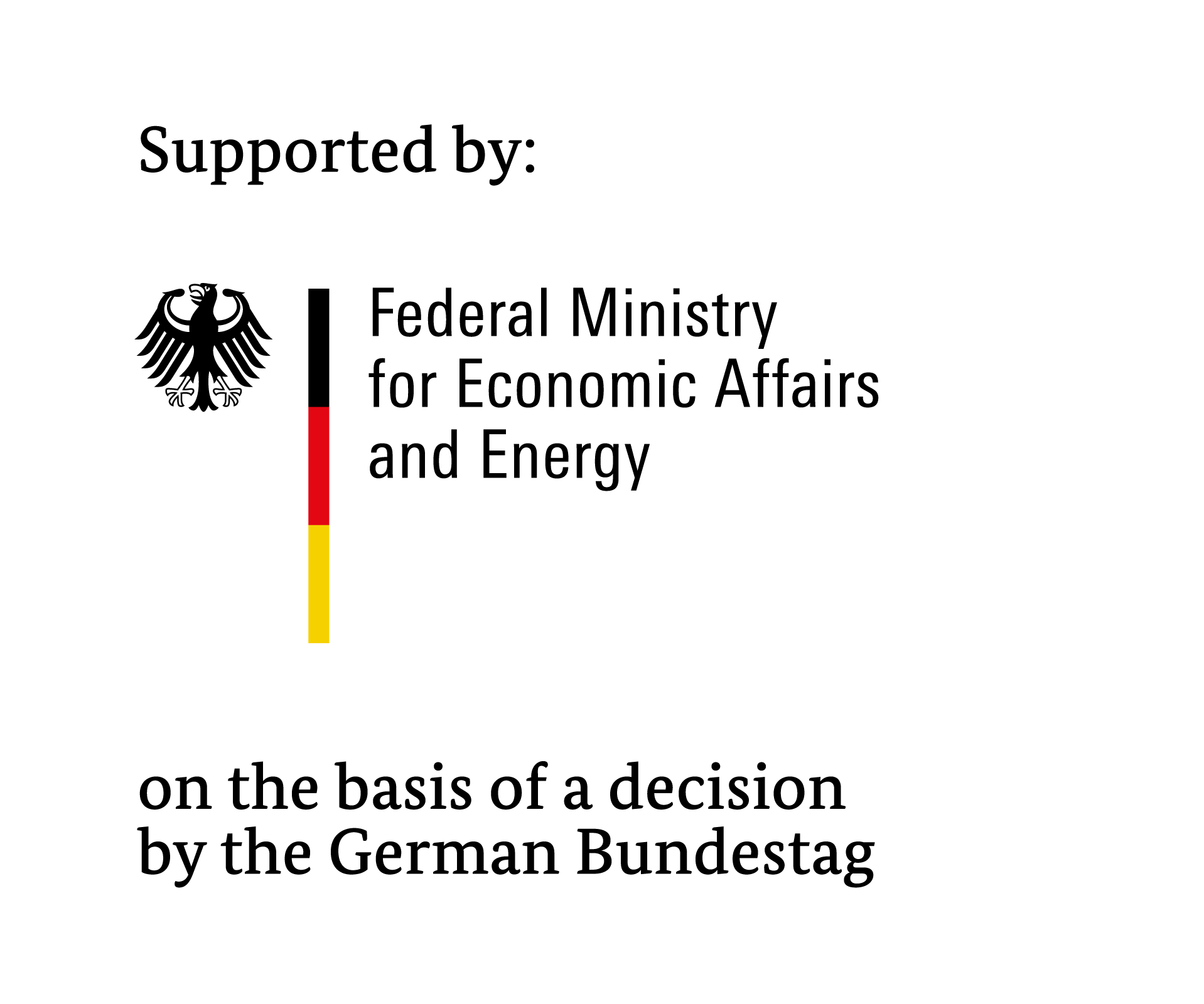As part of the collaborative research project VIPER, the partners aim to achieve a low-noise and efficient passenger cabin for aircraft equipped with new, eco-efficient open-rotor engines.
While the overall project aims to serve as an enabler for future resource-efficient engines (UHBR, open rotor, etc.) by making their inherently higher noise emissions manageable and acceptable for customers, the contribution of HAW Hamburg focuses primarily on ensuring that the various models, measurement data, and simulation results remain consistent within a dynamic substructuring approach for a comprehensive vibroacoustic analysis. The overall project goal can only be achieved through a consistent data structure model and system model of the dynamic substructures.
The method developed and verified by HAW Hamburg for a consistent definition of interfaces and system boundaries enables the vibroacoustic transfer path to be estimated in a targeted manner by coupling and decoupling substructures and transferring them to virtual interfaces from real measurement points. The method defines the necessary requirements for the substructure models depending on the application case in such a way that reliable results are achieved with input data determined as cost-effectively as possible and while accounting for uncertainties in the measurement database. In this way, the measurement data and calculation results can be combined in a dynamic substructure to form a consistent overall model and efficient noise reduction measures can be developed and tested. Corresponding methods and selected noise reduction measures are verified on a laboratory scale up to the A320 fuselage segment available at HAW Hamburg in the acoustic climate chamber.

